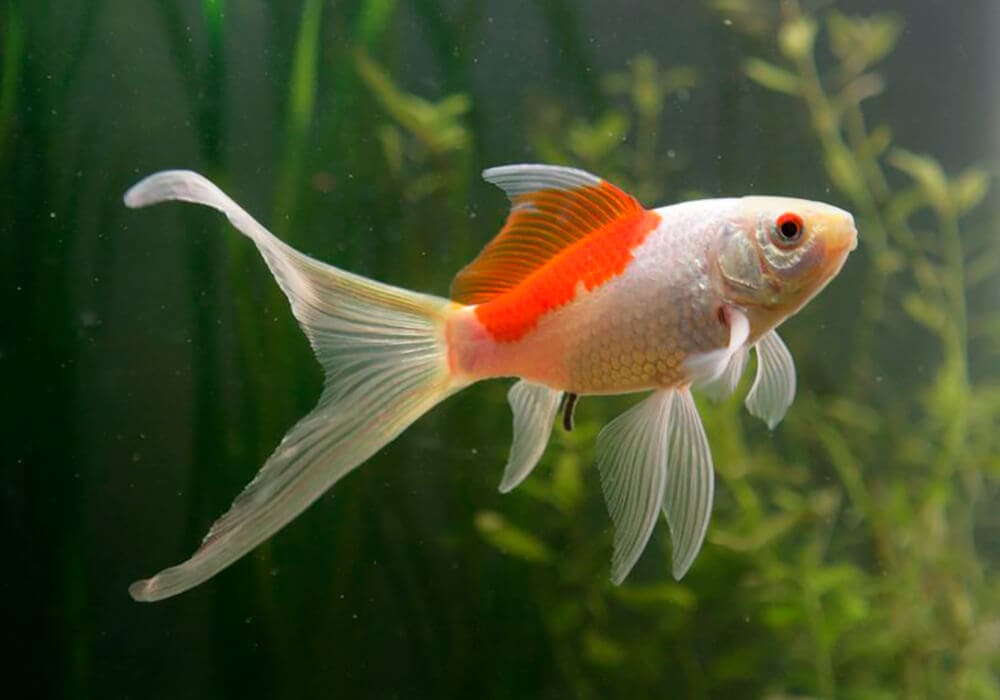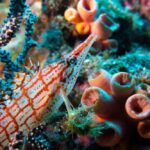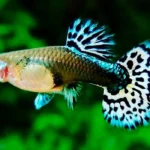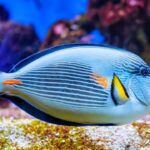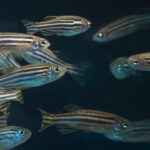Beyond the Bowl
Goldfish Consider a fish. Likely as not, your mind’s eye flashes to that small orange fish, glumly swimming in a miniature glass world on a child’s nightstand. It’s nearly a cultural cliché: the “starter pet,” which needs little in the way of food but flakes, food, and tap water. But what if all we’ve assumed we’ve learned about goldfish is a lie—or even just partial?
Fish are so much more than bowl-bound accessories. With proper care, these clever, long-lived, and surprisingly social creatures can be the star of a thriving aquarium—or even a backyard pond. Here’s a complete guide to diving into the world of goldfish, their history, care requirements, misconceptions, and why they deserve so much more than a small bowl and a brief lifespan.
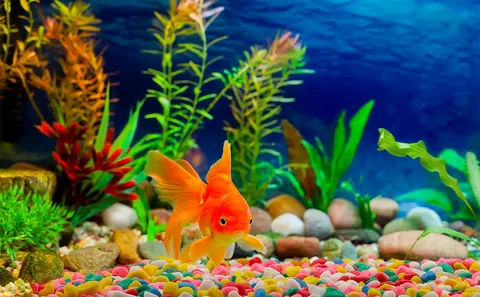
The Origins of the Goldfish
Fish were never intended to be orange office decor. They have their beginnings more than 1,000 years ago in ancient China, where wild carp species were selectively bred for their bright color mutations.
Fish eventually spread to Japan, Europe, and other places. They are one of the most commonly kept species of fish in aquariums today, but much of their illustrious past has been lost.
Anatomy of this fish
They may appear unassuming, but their biology is misleadingly complex. They are members of the Cyprinidae family and most closely resemble koi and carp. These are some key anatomical facts:
Swim Bladder: Helps them control buoyancy. A malfunction here can cause floating issues.
Gills: Like all fish, goldfish breathe through gills, which extract oxygen from water.
Lateral Line: A sensitive line of pores that detects vibrations and movement, kind of like a sixth sense.
Tail and Fins: Used not only for swimming but also for communication and balance.
They are found in two broad categories: single-tailed (e.g., common or Comet fish) and fancy (e.g., oranda, ryukin, or telescope). Fancy fish will often have rounded bodies and double tails and thus are at higher risk for swim bladder issues, but are prized for their ornaments.
Debunking the Bowl Myth
The “bowl fish” myth is among the most destructive pet myths. Let’s analyse it:
Myth:
Fish can live happily in a bowl.
Reality: A typical fishbowl (1–2 gallons) is perilously small. Goldfish produce an enormous quantity of waste, and in the absence of proper filtration, lethal ammonia builds up quickly. Poor water quality leads to stunted growth, disease, and early death.
Myth: Fish only grow to fit their container.
Reality: Fish have the genetic capability of reaching lengths greater than 12 inches in suitable environments. In tight living conditions, they are stunted, not inherently small.
Myth: Fish are short-lived.
Reality: In ideal conditions, goldfish live 10–20 years or more.
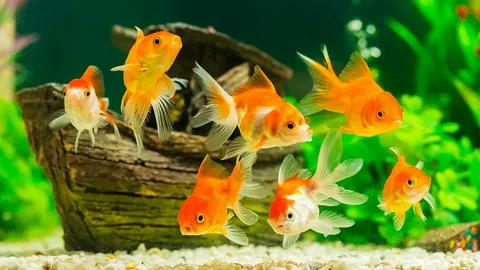
Setting Up a Proper Fish Aquarium
Setting up a home for your fish isn’t difficult, but it does take some planning. Follow these step-by-step instructions on how to create the perfect setup:
Tank Size
Minimum: 20 gallons for a single fancy goldfish.
Add 10 gallons per additional fish.
Common or comet goldfish need even more space—preferably a pond or a 75+ gallon tank.
Filtration
They are sloppy eaters and prolific waste makers. Choose:
Canister filters or hang-on-back (HOB) filters are rated for tanks larger than yours.
Mechanical, chemical, and biological filtration.
Substrate and Decor
Smooth gravel or sand to avoid injuries.
No sharp decorations—especially for telescope or bubble-eye varieties.
Provide caves or plants (real or silk) for enrichment.
Lighting and Temperature
They prefer cool water: 65°F to 75°F (18°C–24°C).
No heater is needed unless your room gets very cold.
Provide 8–12 hours of light daily to simulate day-night cycles.
Cycling the Tank
Test kits are used to monitor ammonia, nitrite, and nitrate levels.
The cycle may take 4–6 weeks—patience is key!
Feeding Your Fish
Types of Goldfish Food
Pellets (sinking or floating)
Flakes (less ideal for adult fish)
Gel food (customizable and nutritious)
Fresh vegetables: peas (deshelled), spinach, zucchini
Protein treats: bloodworms, brine shrimp (sparingly)
Feeding Tips
Feed 1–2 times daily in amounts they can finish in under 2 minutes.
Avoid overfeeding! Uneaten food rots and pollutes water.
Use a fasting day once a week to help digestion.
Fancy vs. Single-Tail: Which Is Right for You?
Fancy Goldfish
Varieties: Oranda, Black Moor, Ranchu, Fantail
Slower swimmers, more delicate
Better in tanks, not ponds
Require warmer, stable temperatures
Single-Tail Goldfish
Varieties: Common, Comet, Shubunkin
Fast, active swimmers
Ideal for outdoor ponds
Can tolerate broader conditions
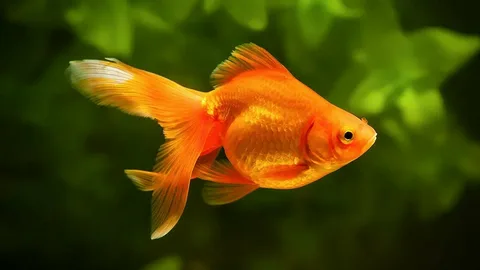
Breeding Goldfish: From Courtship to Fry
The Basics
Requires a mature pair (1 year+)
Best done in spring or simulated season
Males chase females, nudging their abdomens
Spawning Setup
Use a separate breeding tank
Add spawning mops or live plants
Remove adults post-spawn—they’ll eat eggs!
Hatching and Raising Fry
Eggs hatch in 4–7 days
Feed infusoria, then baby brine shrimp
Separate by size to avoid cannibalism
Outdoor Goldfish Ponds
Pond Essentials
At least 2 feet deep to prevent freezing
Filtration and aeration system
Shade and plant cover
Predator protection (netting or decoys)
Ethical Goldfish Keeping
Never release goldfish into the wild—they can become invasive.
Avoid overcrowding.
Don’t support stores or vendors that keep fish in poor conditions.
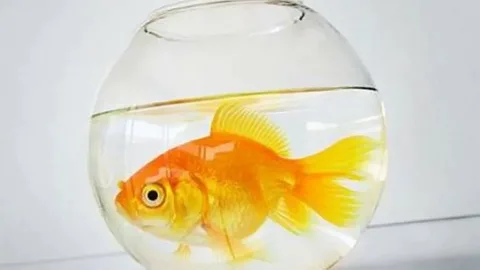
Conclusion
The humble goldfish has come a long way—from Chinese royalty to international stardom and from misunderstood bowl resident to centre stage in serious aquascaping arrangements. Whether you’re a new owner or an old hand at aquarism, goldfish provide boundless opportunities for connection, learning, and happiness.
Goldfish are not only beginner animals—they’re misunderstood wonders. Far too often confined to small bowls and short lives, these hardy animals are able to grow more than a foot in length, live for decades, and develop interactive, stimulating relationships with their owners.
Their history dates back more than a thousand years, making them one of the world’s oldest domesticated fish species. But to unleash their full potential, we must drop the old myths and promise to provide them with the world they really need. That includes larger tanks, good filtration, diverse diets, and regular maintenance—things that any good pet owner would willingly offer. And for this, goldfish pay us back with their gaudy beauty, endearing quirks, and a surprisingly rich underwater existence.
FAQs
Do goldfish really grow to the size of their tank?
No. Goldfish do not reach an end of growth to comfortably fit into their tank—their growth is stunted by bad water quality and insufficient room. They have been known to grow more than 12 inches in proper environments.
Can I keep a goldfish in a bowl?
Technically, yes—but ethically and practically, no. Bowls have inadequate filtration and room. One goldfish requires a minimum of 20 gallons of water to live.
What’s the best food for goldfish?
Goldfish are predominantly coldwater fish and don’t need a heater. They’ll love temperatures in the range of 65°F–75°F (18°C–24°C) but never prefer sudden changes.
Do goldfish need a heater?
Feed with good-quality pellets or gel foods. Supplement these with blanched vegetables such as peas and spinach and a monthly protein snack (such as brine shrimp or bloodworms).
How often should I clean my goldfish tank?
Do partial water changes (20–30%) each week. Monitor water parameters regularly and clean your filter media every few weeks—never with tap water, but with tank water to maintain beneficial bacteria.
Can goldfish live with other fish?
It depends. Goldfish prefer to be with other goldfish. Intermixing them with tropical fish is generally not a good idea because of differing temperature requirements and temperament.
